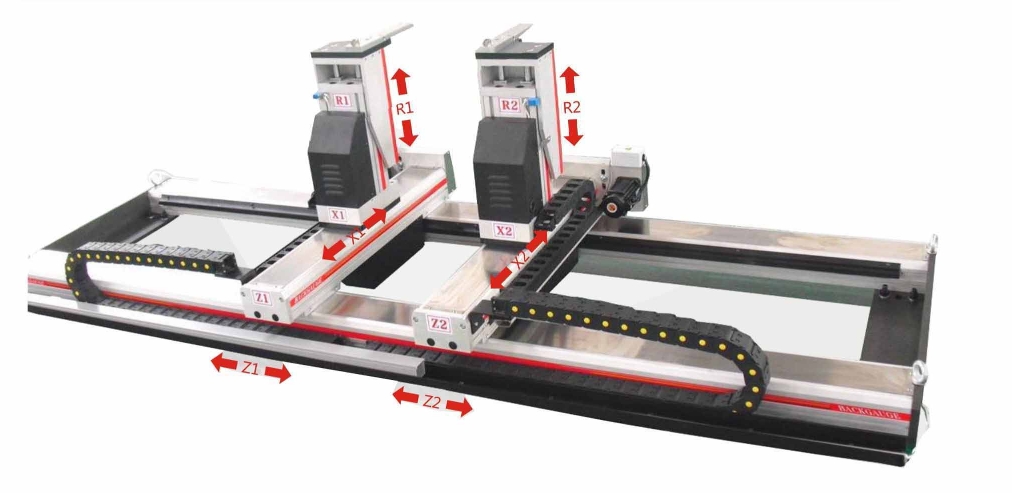When it comes to sheet metal Press Brakes, there is a world of difference between knowing how to use them, and understanding how they perform the tasks to which they’re trusted. You might simply want to use your press brake for that which it was born to do; bend sheet, and that’s perfectly fine…But learning more about the processes involved, the principles and the finer points will achieve two very valuable things:
It’ll give you a deeper insight into the capabilities of your press brake, what it can actually do and how, and it will allow you to achieve better and more consistent results.
The first, and most important thing to know, in the case of your trusted press brake is the various axes; where they are, what they do and how they can help you get the best results.
Understanding the various axes on a press brake is crucial for precision metal bending.

1. Y Axis (Y1/Y2)
Function: Controls the vertical movement of the ram (top beam) via left (Y1) and right (Y2) cylinders.
Purpose: Ensures an even, level descent of the beam for consistent bends. Independent adjustment of Y1/Y2 corrects beam tilt, critical for parallelism between upper and lower tools.
Key Point: Synchronization of Y1/Y2 is vital to avoid tool damage or uneven bends.
2. V Axis (Crowning Compensation)
Function: Adjusts the beam’s middle region symmetrically to counteract deflection (crowning) under heavy loads.
Purpose: Prevents bowing of the beam, ensuring uniform pressure across the workpiece.
Note: Often labeled as the V axis in standard terminology (not X axis). Hydraulic or mechanical crowning systems are common.
3. X Axis (X1/X2)
Function: Controls backgauge forward/backward positioning to set flange lengths.
Purpose: Determines where the bend starts by aligning the sheet against the gauge. X1/X2 allow asymmetric positioning for tapered parts.
Standard Use: In CNC press brakes, this is the primary X axis (not related to crowning).
4. Z Axis (Z1/Z2)
Function: Adjusts the left/right position of the backgauge fingers.
Purpose: Accommodates varying workpiece widths or small parts. Programmable Z1/Z2 enable quick setups without manual adjustments.
Application: Useful for asymmetric bending or multi-step operations.
5. R Axis (R1/R2)
Function: Controls backgauge height (up/down).
Purpose: Allows tilting (via independent R1/R2) for complex bends at different heights on the same workpiece.
Example: Useful for creating multi-tiered bends or angled flanges.
Key Clarifications:
V Axis (Crowning): Described under "X axis of Sheet Metal Press Brake" but refers to the A axis in standard terms.
X Axis (Backgauge): Correctly refers to backgauge front/back movement.
Standard Terminology:
Y = Ram vertical movement.
X = Backgauge front/back.
Z = Backgauge left/right.
R = Backgauge height.
V = Crowning/deflection compensation.
Why These Axes Matter:
Precision: Independent control of axes (e.g., Y1/Y2, R1/R2) ensures complex bends and tight tolerances.
Efficiency: Programmable axes (Z, X, R) reduce setup time for repeat jobs.
Versatility: Tilting (R axis) and asymmetric adjustments (X/Z axes) handle intricate geometries.
By mastering these axes, operators can tackle diverse bending tasks with accuracy and speed. Always cross-reference machine manuals for axis designations, as labels may vary by manufacturer.